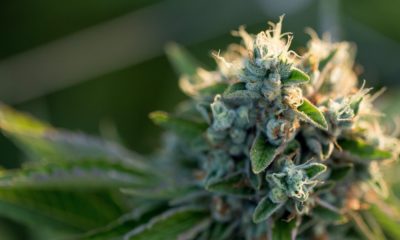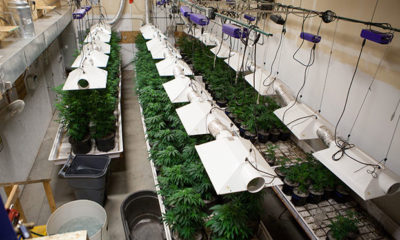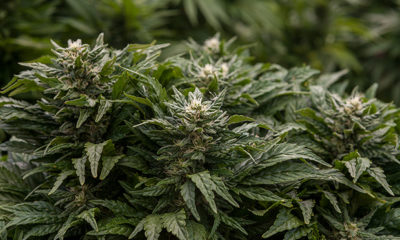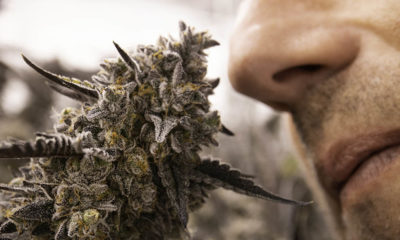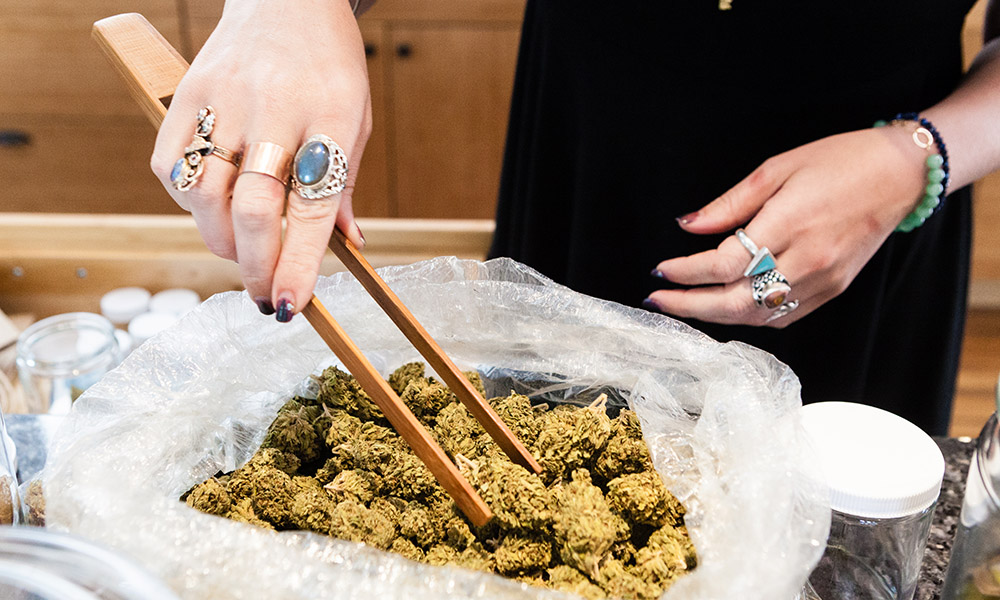
Cannabis
Study: Easy Access to Dispensaries Prevents Opioid Deaths
Researchers from the RAND Corporation found that only states with loosely regulated dispensaries and few roadblocks to medical marijuana access for patients were associated with lower levels of opioid deaths.
The relationship between medical marijuana and lower opioid death rates is far more complex than previously believed, according to recent report from the RAND Corporation.
According to a RAND statement following the release of their report in the Journal of Health Economics this week, their evaluation of the always-expanding data set is the most detailed examination of medical marijuana and opioid deaths conducted to date. Previously, studies have found evidence to support a relationship between medical marijuana laws and lower levels of opioid deaths. But RAND researchers found that legalizing medical marijuana was only associated with lower levels of opioid deaths in states with dispensaries and generally few roadblocks to medical marijuana access for patients. The same could not be said for states that just provided legal protections to patients and caregivers who allowed them to produce their own cannabis.
Another major finding was the association between dispensaries and reduced opioid death rates appeared to decline sharply after 2010, when many states began to tighten requirements on sales by dispensaries and fentanyl became more prevalent.
“Our findings are consistent with previous studies showing an association between the legalization of medical marijuana and lower deaths from overdoses of opioids,” said Rosalie Liccardo Pacula, co-author of the study and co-director of the RAND Drug Policy Research Center.
Pacula added that the declining association between medical marijuana and opioid mortality rates after 2010 is “a sign that medical marijuana, by itself, will not be the solution to the nation’s opioid crisis today.”
To compile the report, researchers from RAND and the University of California, Irvine analyzed information about treatment admissions for addiction to pain medications from 1999 to 2012 and state-level overdose deaths from opioids from 1999 to 2013. More comparable variables were added to the data set as they identified state laws legalizing medical marijuana and then examined those laws to figure out whether the regulations made marijuana easily accessible to patients by allowing dispensaries.
When researchers replicated a model previously used by others with their own data and focused on 1999 to 2010, “they obtained results similar to those previously published, showing an approximately 20 percent decline in opioid overdose deaths associated with the passage of any state medical marijuana law,” said the statement before again noting this only happens in places with loosely regulated marijuana dispensary systems.
When researchers extended the model through 2013, they found that the 20 percent dip in fatalities disappeared with new stricter laws. RAND believes there were two main reasons for this. First, dispensaries had to adopt to the Obama-era Department of Justice saying they wouldn’t go after state-legal providers in states with robust regulatory systems in place. The second factor was that, beginning in 2010, the primary driver of the opioid crisis switched to heroin and fentanyl from prescription opioids.
“While our study finds that medical marijuana dispensaries reduce some of the harms associated with the misuse of opioids, there is little evidence that this is happening because a large number of patients suffering from pain are using marijuana instead of opioid medications,” Pacula said. “Either the patients are continuing to use their opioid pain medications in addition to marijuana, or this patient group represents a small share of the overall medical opioid using population.”
NORML Executive Director Erik Altieri told Cannabis Now that the new data not only confirmed previous research, but also confirms what he called “common sense.”
“This updated data also confirms what should be common sense — that you can only truly reap the health benefits of medical marijuana if your system provides for safe, convenient, and easy access to the product,” said Altieri. “By over-regulating dispensaries, utilizing narrow conditions lists and creating new and more difficult hurdles for patients to climb over, state governments are making it far too difficult for those suffering from chronic pain and other ailments to replace problematic and dangerous use of opioids with the safer alternative found in cannabis.”
Proposition 64 proponent Dr. Amanda Reiman was not surprised by further evidence of the positive impacts of dispensaries on communities.
TELL US, what do you think of this new study?



